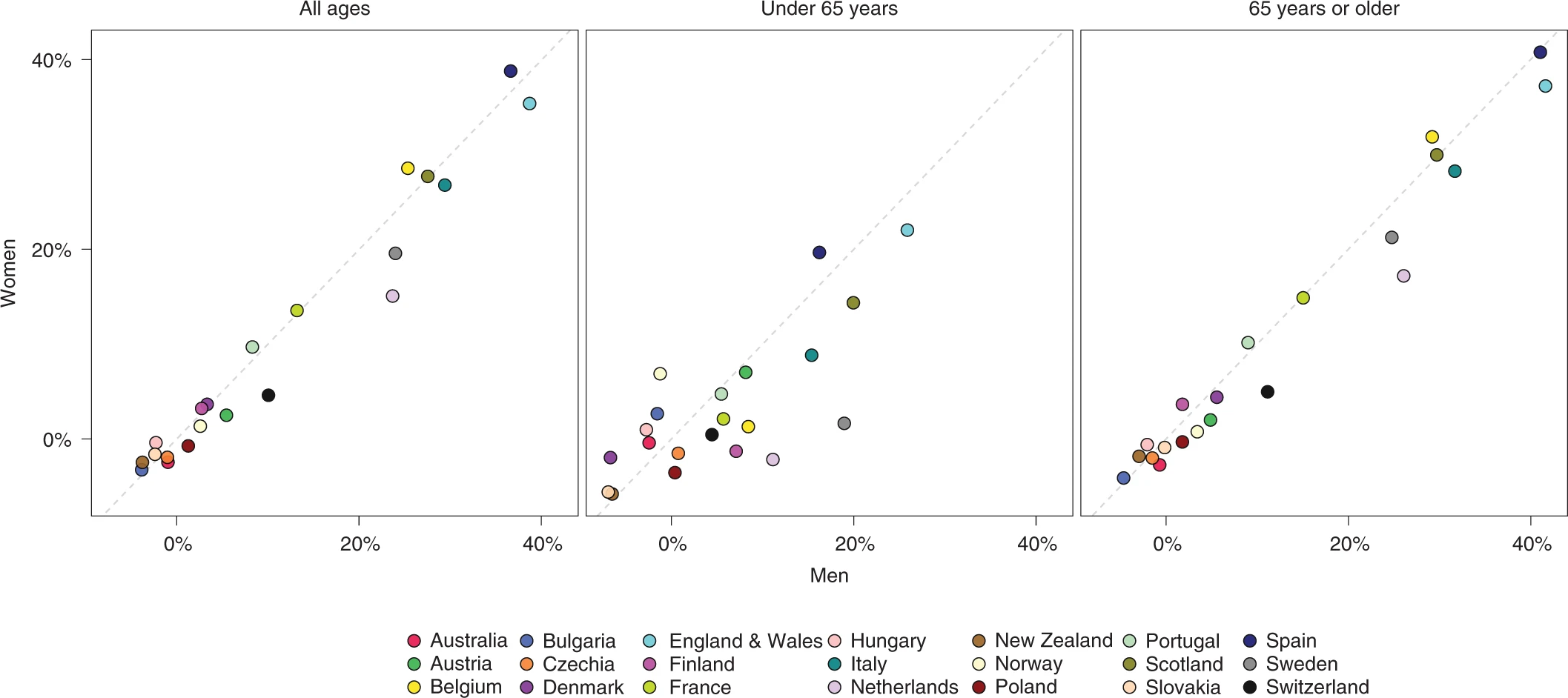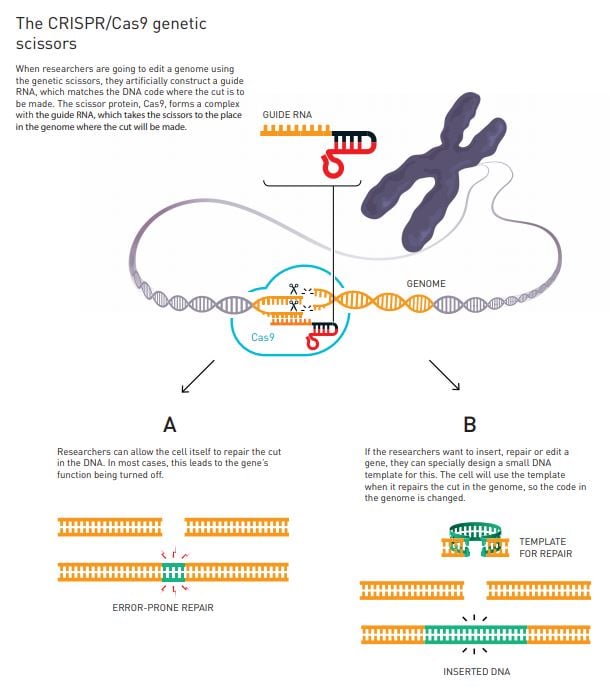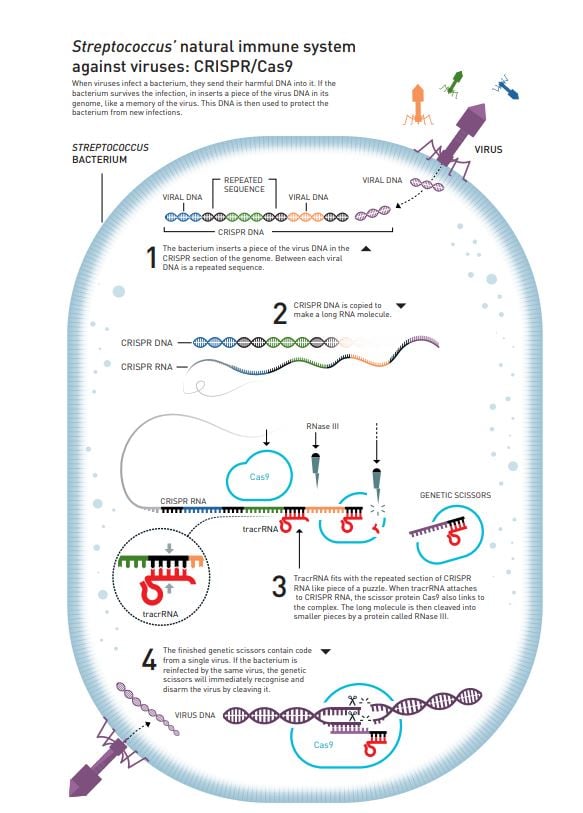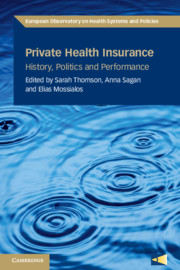Global Burden of Disease (GBD) 2019
The Lancet latest issue:
The potential to improve health by risk reduction is well reported in GBD 2019. All risks quantified in GBD collectively account for 48% of global DALYs. Exposure to many risks highly correlated with SDI has been steadily decreasing as global SDI has increased, including household air pollution; child growth failure; and unsafe water, sanitation, and handwashing. Additionally, there have been notable decreases in exposure to smoking. Figure 4 shows the annualised rate of change in exposure from 2010 to 2019 for select risk factors ordered by global attributable DALYs. Among the 15 leading causes of attributable DALYs shown, high systolic blood pressure, high fasting plasma glucose, high body-mass index (BMI), ambient particulate matter pollution, alcohol use, and drug use stand out because rates of exposure are increasing by more than 0·5% per year.
Success in reducing the disease burden from causes of communicable, maternal, neonatal, and nutritional CMNN diseases by global collective action to fund key programmes should be celebrated. Catch-up social and economic development is fuelling more rapid health progress in the lower socio-demographic index (SDI) quintiles. But there is reason to believe that, although the past 70 years have largely been a story of sustained improvements in health, rising exposure to crucial risks, such as high BMI, high fasting plasma glucose, and ambient particulate matter pollution, as well as stagnant exposure to many other behavioural risks, including diet quality and physical activity, might attenuate progress. Most alarmingly, the mortality decreases in cardiovascular diseases of the past half a century have slowed substantially, or even reversed, in some nations with high SDI.
Good news!











